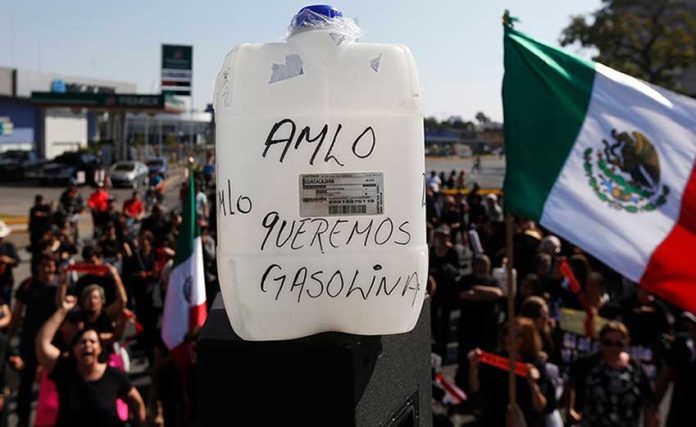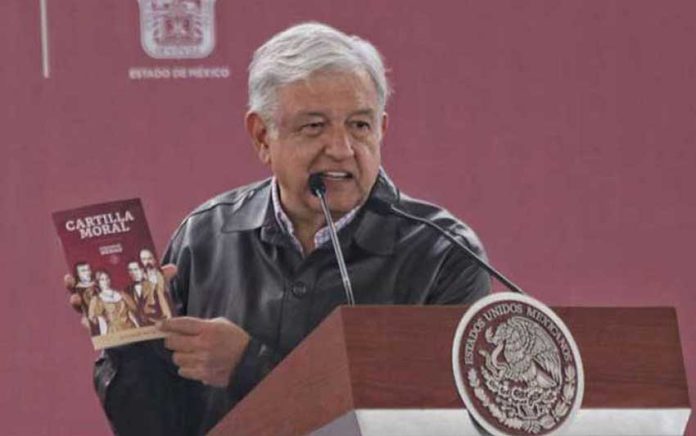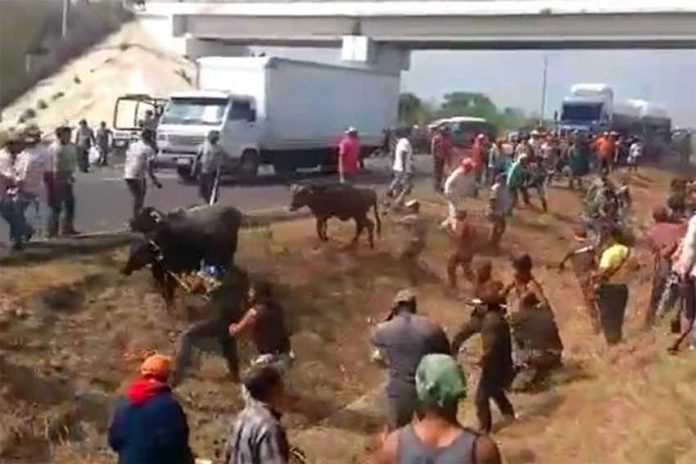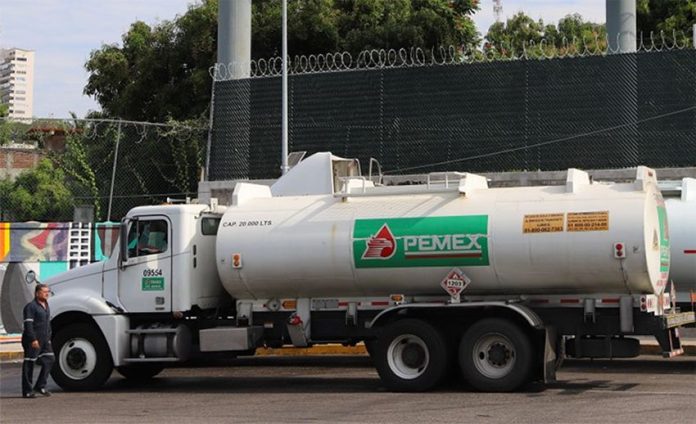Gasoline shortages worsened in Jalisco over the weekend and are now affecting at least 35 municipalities, according to a state government official.
Alejandro Guzmán Larralde, strategic coordinator for growth and economic development, said yesterday that there is only enough fuel in the state to meet half the demand.
“The area affected is expanding . . . We estimate that the shortage in the entire state of Jalisco has increased from 20% to 50% . . .” he said.
In Guadalajara, Guzmán estimated that the quantity of fuel in the city on Saturday was 40% below demand. The problem has been felt most acutely in the west of the city.
He explained that the fuel shortages are impacting several sectors of the economy such as tourism, agriculture and manufacturing.
The farming municipalities of Lagos de Moreno, Tepatitlán, Ameca and Tala are among the worst affected by the shortages, he said.
Guzmán added that the tourism-oriented municipalities of Tequila, Chapala, Tapalpa and Mazamitla have all seen a reduction in visitor numbers.
“. . . People probably want to save fuel rather than go sightseeing,” he said.
Authorities in several municipalities “have reduced to a minimum the use of their official vehicles,” Guzmán said, explaining that public security, among other government services, had been affected.
The official said that the lack of fuel in Jalisco has not yet caused a shortage of food or other products but added that production cycles are beginning to face delays because some factories’ inventories have been depleted.
Jalisco Governor Enrique Alfaro Ramírez said in a radio interview today that there has been a lack of information from both Pemex and the federal government about the fuel shortages, which have also affected several other states.
He added that the lack of gasoline in the state is having a significant impact on the economy that could worsen if the shortage problem isn’t resolved.
A Mexico News Daily reader in Chapala/Lakeside said there is panic among resident because it appears there is no gas in the entire area. Most want to know how they can find information about tanker deliveries, he said.
His suggestion was they wait on the highway for a Pemex truck and then follow it.
Gasoline shortages, which the federal government has explained is the result of President López Obrador’s decision to close several major petroleum pipelines as part of a strategy to combat fuel theft, were first reported in some areas around two weeks ago.
Source: El Economista (sp), W Radio (sp)









